Types of retaining walls
The mobility and humidity of the soil can sometimes cause problems with certain pieces of landscape design: stone slabs’ moving, plants’ dying, unwanted insects’ appearing, etc. In order to provide sustainability and strength of structures, designers often resort to installing retaining walls (RW).
Retaining walls can be installed for decorative landscaping purposes as well. For example, retaining wall for driveway can be made as a safety fence.
As in the case of installation of other landscape design elements which are directly related to the soil, the designing of retaining walls requires a team working with a few specialists: designer, architect, geologist and biologist. In addition, sometimes there is a need for civil engineers.
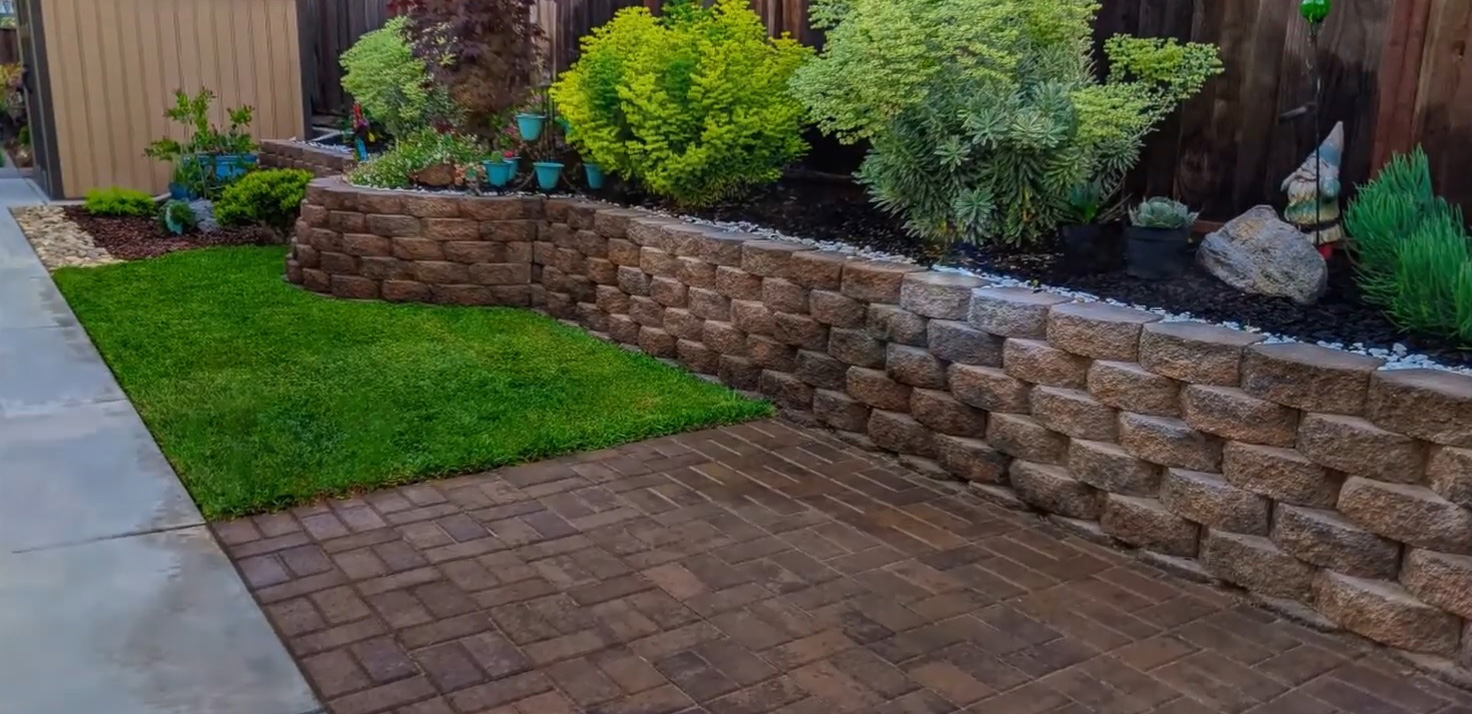
There are 4 common types of retaining wall blocks can be installed in the courtyard of a house/office:
- Gravity RW
- Cantilever RW
- Sheet Piling RW
- Anchored RW
All of them have their own features that make them different from one another, and, therefore define a purpose they will be used for.
Choosing the type and design of retaining walls depends on what is required in the site they will be made for.
Gravity RW
Intended for resisting lateral earth force, gravity retaining wall provides this feature because of its high weight. This type is made by using concrete masonry units, work due to being dry-stacked.
The width of any gravity wall should be a half as thick as its height.
Advantages
- strength;
- power;
- resistance;
- easy to install;
- plasticity – concrete wall can be installed as a curve;
- cost-effective;
- eco-friendly, non-toxic.
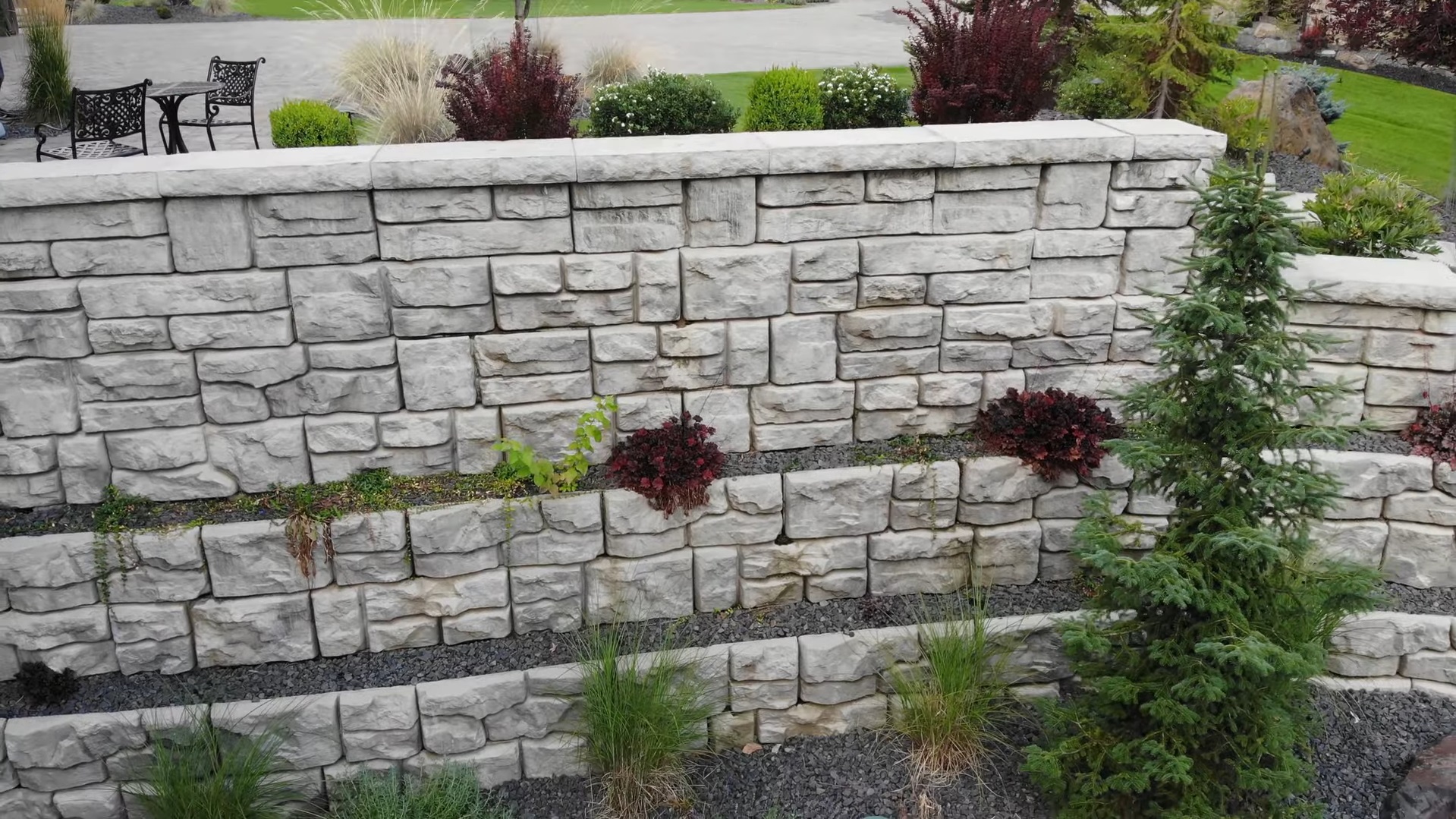
Sheet Piling RW
Widely used in landscape design because of its availability, sheet piling retaining walls installed by the method of insertion one part to another in a sequence. Sometimes “anchors” can be added in order to provide extra support. This makes this type similar to Anchored analogue (see below). Most-common metal walls are usually made from recycled steel.
Advantages
- light in weight, so easy to lift and handle;
- recyclable and reusable;
- easily adaptable.
Cantilever RW
Actually, one of the most cost-effective solutions because it requires less material than a gravity wall. Cantilever retaining wall at the same time is a reinforced concrete wall with small dimensions and one of the most widespread retention wall types. Sometimes it contains steel.
Advantages
Similar to gravity retaining walls. In addition, light weight.
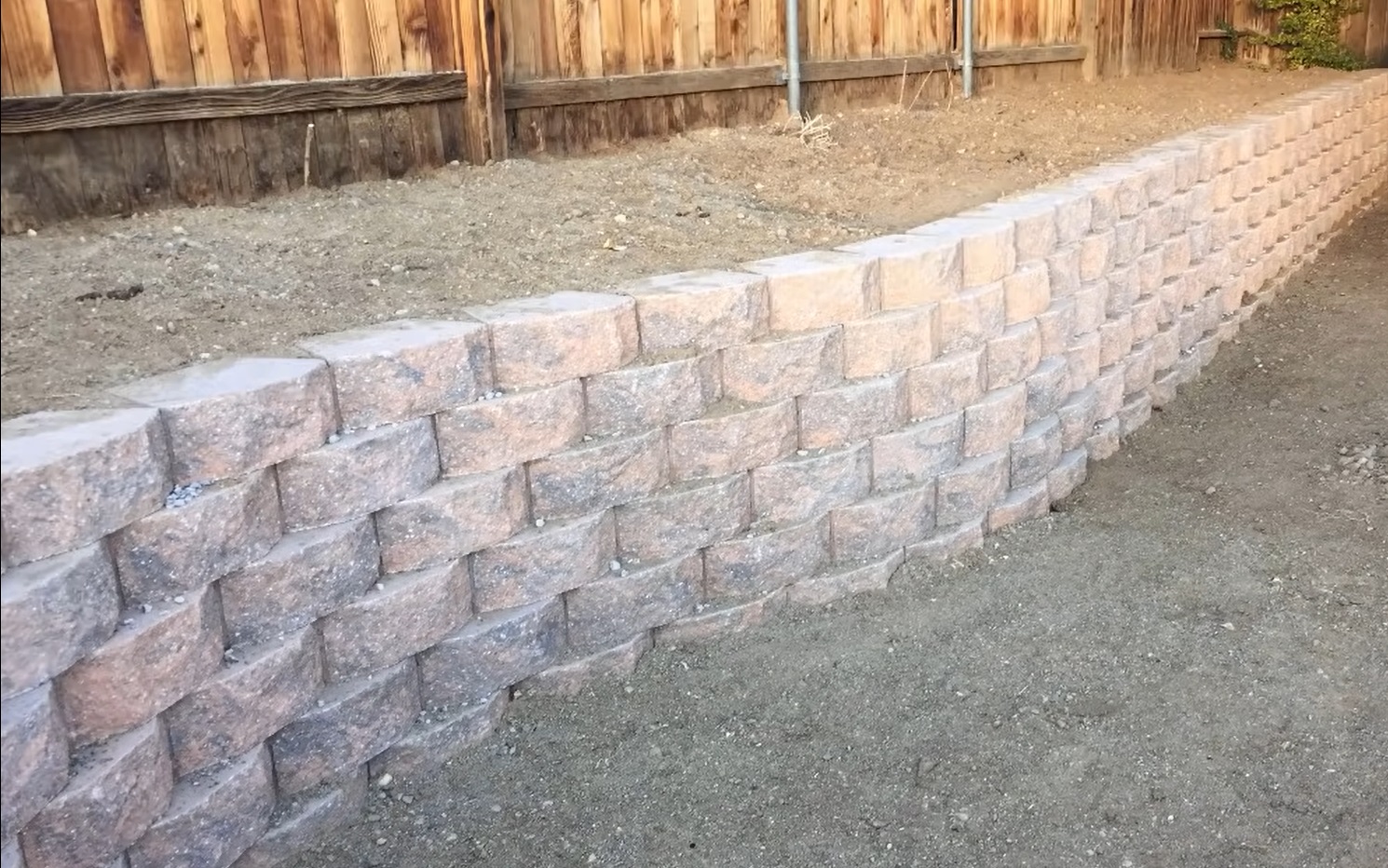
Anchored RW
This is the most complex soil reinforcement method. Anchored retaining walls are connected with the hillock and soil by using special cables (aka anchors) or other materials, which are anchored to adjacent surfaces. Usually, it is installed in a courtyard with a hillock.
Advantages
- greater resistance with thinner construction;
- budget-friendly.
Send us a request
And get a unique offer
Decorative RW
The decorative retaining wall differs from the functional one both in material and design used. F Construction made from gabions, wooden posts or metal bricks.
Here are some of the types can be used in professional and DIY landscaping:
- A wooden retaining wall will not stay for a long time, especially in warm and humid conditions. Wooden construction will cost less, but it will last less as well, even if the material is properly processed to protect it from moisture.
- Gabion is a strong shell made of metal rods or mesh, filled with stones of the same or different sizes. The gabion retaining wall is very strong, it is able to hold large masses of soil. The advantages of such a wall are that a foundation is usually not required, it can be laid quickly, and the cost is low due to the fact that the stones inside can be anything else.
- A turf wall is the best choice if you want to add many pieces of plants. The growing grass on such a wall presses and compresses the turf and makes it more stable. For plants, this is a native environment, so this works in 2 ways – decor and resistance.
- Metal structures are built on stable soils, since metal retaining walls are lighter than other types. Before staining the surface, make sure that there is no rust. The main disadvantage is additional heating during hot seasons.
Conclusion
Before starting to project block’s installation and soil recovery specialists should define which kind of retaining wall needed. The answer depends on your purpose: do you install it for landscaping or soil reinforcement, or both.
After all preparation is done, take care about safety.
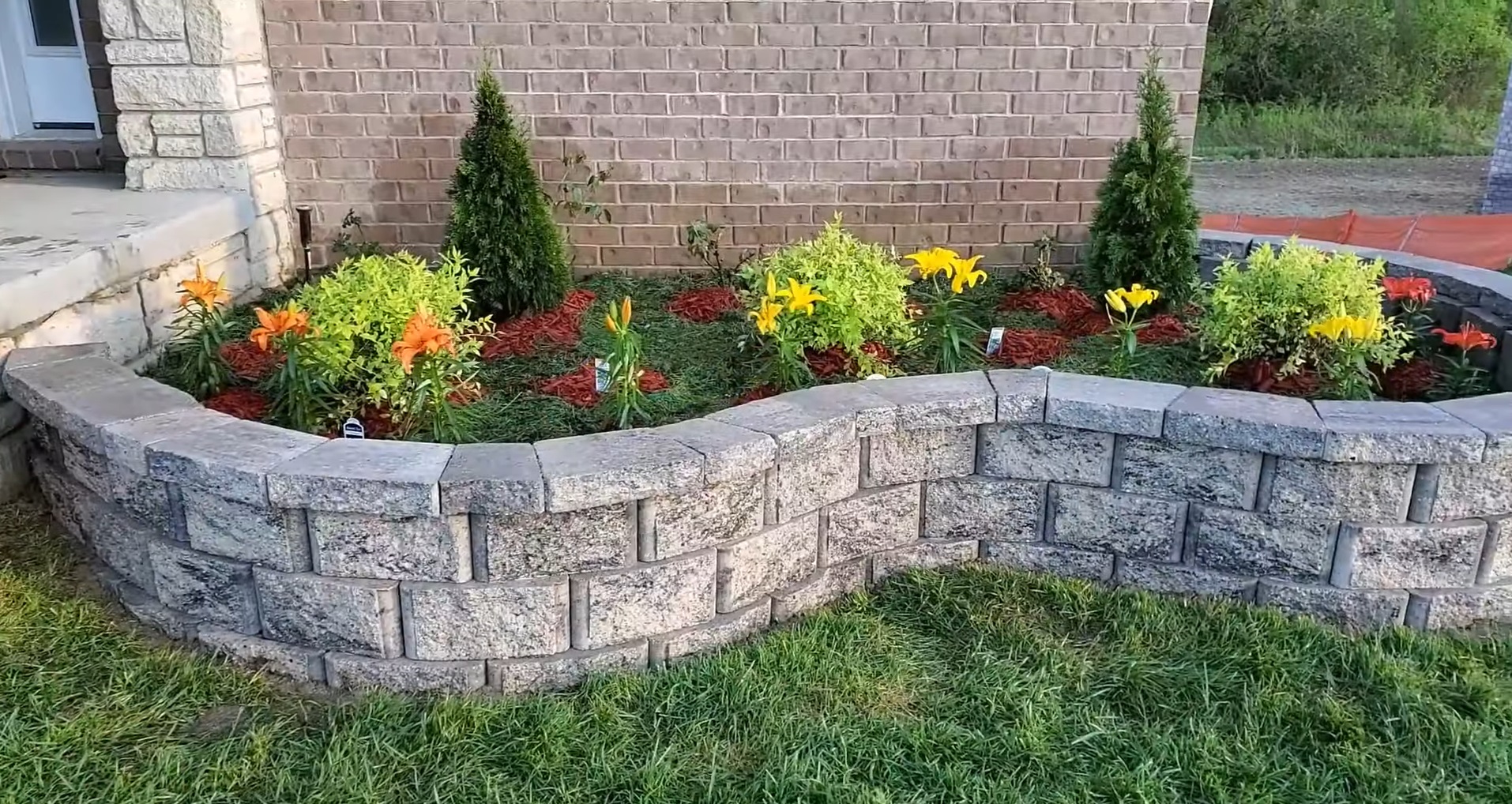
Working with bulky structures and bricks’ laying on an unstable surface can be life-threatening. Even with the obligatory following safety rules are provided, specialists need additional insurance during all of the work processes. You should also take into account the weather conditions when the walls will be installed. It is highly non-recommend to do this when it rains, because the moisture and mobility of the soil reach a maximum, and in highly elevated areas there may be landslides at all.
Finally, remember that types of retaining walls for landscaping are not as safe as those for preventing
landslides.
Get a quote for free!
Complete the form below, and we'll call you to
discuss your exact project requirements






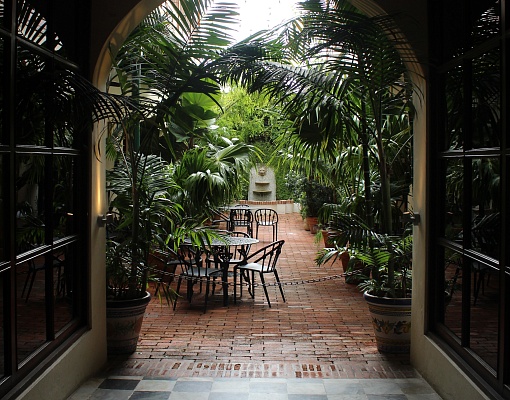

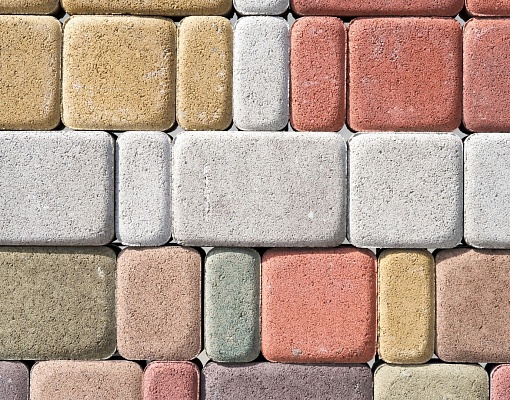

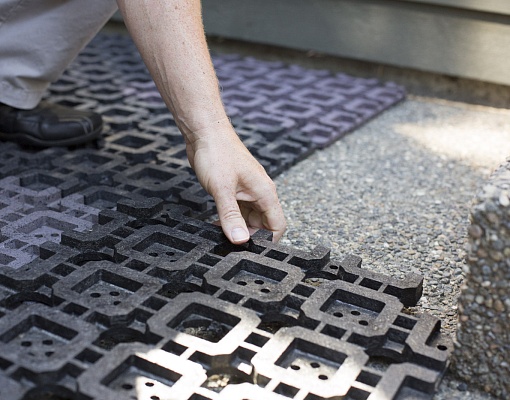
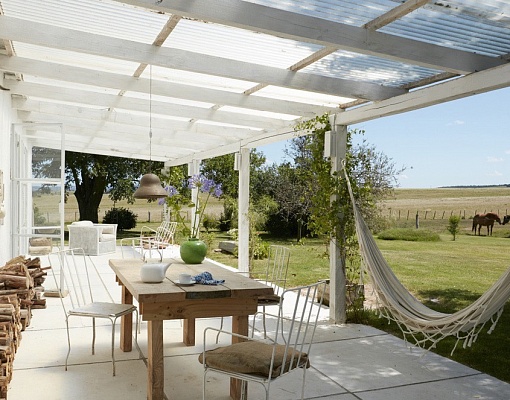
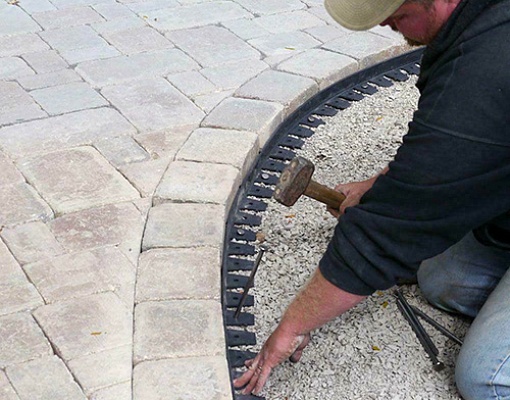
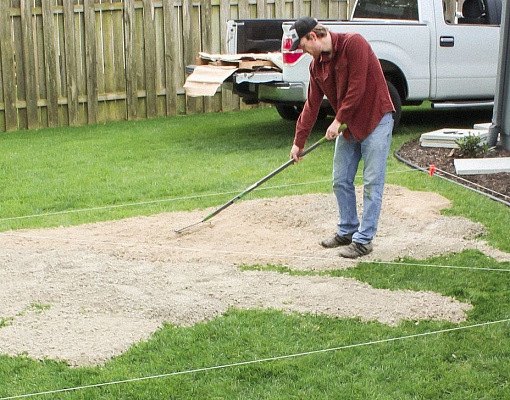
Leave a comment